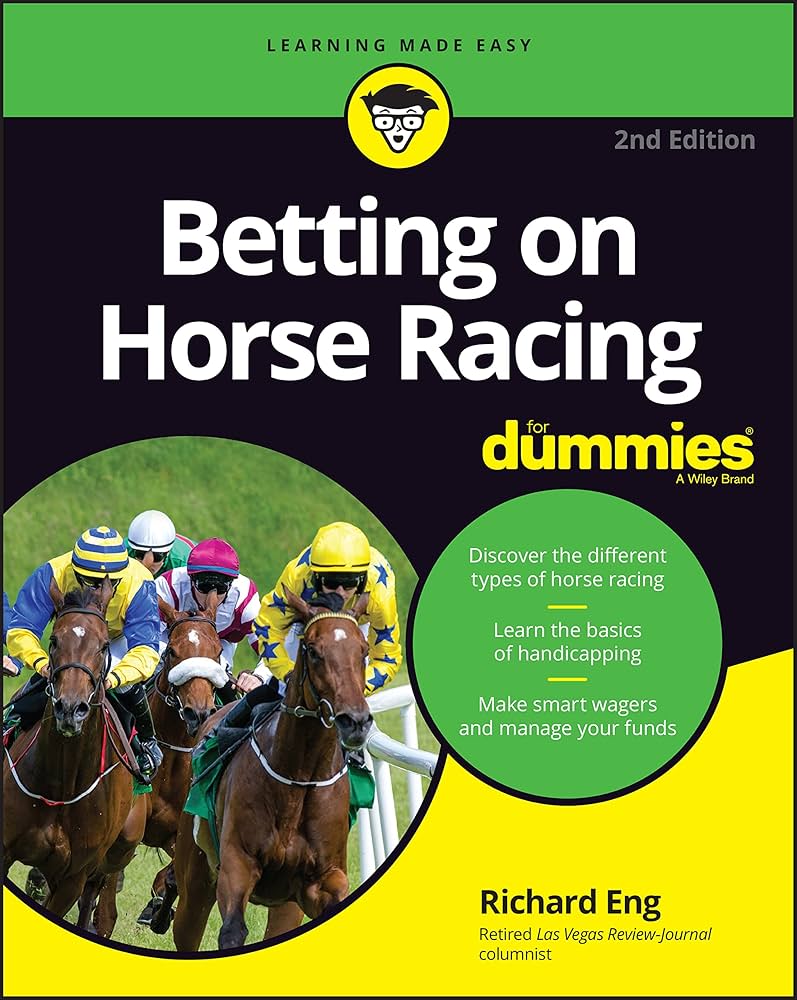Okay, so I’ve always been kinda fascinated by horse racing, but more from a “numbers and possibilities” angle than, like, actually going to the track. So I decided, “Hey, let’s build a little betting game!” No real money involved, of course, just for fun.

Brainstorming and Setup
First thing I did was just scribble down some ideas. What did I want this thing to do? I knew I needed horses, obviously, and a way to bet on them. Odds seemed important, and some kind of race simulation, even if it was super basic.
I decided to use Python because it’s what I am familiar with, and I figured it would be simple enough for this project. No fancy frameworks or anything, just plain old Python.
Creating the Horses
I started by creating a simple “Horse” object. Really, it just needed a name and maybe some stats that would affect its performance. I went with something like this:
- Name: Just a string, like “Thunderbolt” or “Buttercup”.
- Speed: A number representing how fast the horse is. I just randomly picked numbers between, say, 5 and 10 to start.
- Stamina: Another number. My idea was that stamina would affect how speed changes during the race (more on that later). Again, random numbers between 5 and 10.
I made a few of these horse objects and stuck them in a list. Easy peasy.
Building the Race Logic
This is where it got a bit more interesting. I wanted the race to have some element of randomness, but also be influenced by the horses’ stats. My approach was pretty straightforward:

- Race Length: I set a fixed race length, let’s say 1000 “units” (meters, furlongs, whatever).
- Rounds: The race would happen in rounds. Each round, each horse would move.
- Movement: A horse’s movement in a round would be based on its speed, but I added a little random variation. Like, I’d take the speed and add or subtract a small random number (between -1 and 1). This made things a bit less predictable.
- Stamina Effect: I made it so that each round, a horse’s speed would decrease slightly, based on its stamina. Higher stamina meant a smaller decrease. This way, horses with high stamina would tend to do better in the long run.
- Checked if any horses pass the finishing line, simple and easy.
I wrapped this all up in a loop that kept going until a horse crossed the finish line (reached the race length).
Implementing the Betting
The betting part was relatively simple. Before the race, I’d display the horses and let the “player” (me, in this case) choose a horse and place a “bet” (again, just a fake number). I did not deal with odd, only chose a horse.
Putting It All Together and Show
Finally, I combined everything. I’d display the horses, take the bet, run the race simulation (printing out the positions of the horses each round so I could see what was happening), and then declare the winner and whether the “player” won or lost their bet.
It’s super basic, no fancy graphics or anything, but it was a fun little project! I could definitely see expanding it – adding more complex odds calculations, more stats, maybe even a simple visual representation of the race. But for a quick and dirty horse race betting game, it did the trick!